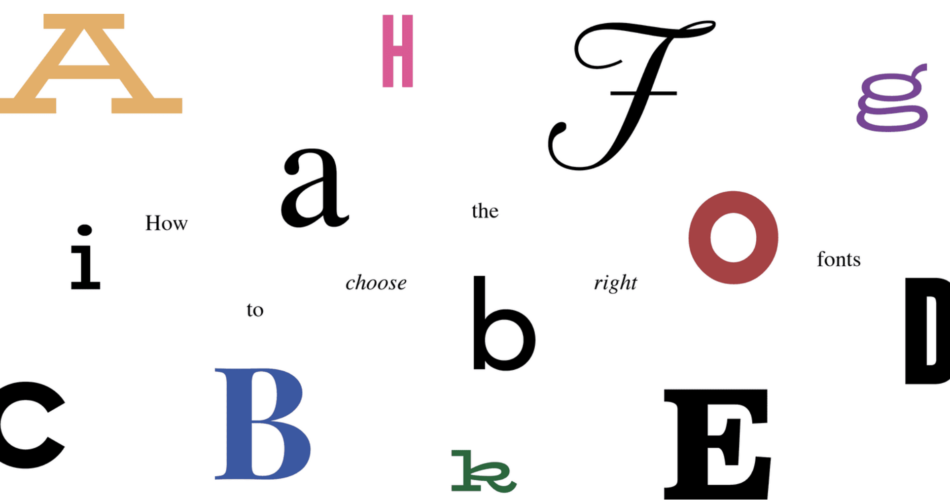Typography, the art of arranging type, is a critical element in design and communication. Fonts play a vital role in conveying messages effectively, establishing visual identity, and enhancing the overall user experience. But what makes a font truly exceptional? In this article, we will explore the key factors that contribute to the creation of a good font, one that seamlessly blends form and function to captivate and engage readers.
Legibility and Readability:
At the heart of any good font lies legibility and readability. Legibility refers to how easily individual characters can be distinguished from one another, even at small sizes or in challenging conditions. Readability, on the other hand, refers to how well the text can be understood and absorbed by the reader. A good font achieves a harmonious balance between legibility and readability by ensuring clear letterforms, appropriate spacing, and consistent stroke widths.
Typeface Design:
The design of a typeface encompasses the visual appeal and overall aesthetic of the typeface. It involves crafting the individual letterforms, stroke widths, curves, and angles to create a coherent and visually pleasing experience. A good font demonstrates careful attention to detail, maintaining consistent proportions and an overall balance that feels pleasing to the eye.
Versatility:
A font’s versatility is key to its usefulness across various applications and contexts. It should be equally effective in both digital and print media, adapting effortlessly to different sizes, resolutions, and platforms. versatile can seamlessly transition from body text to headlines, maintaining its legibility and visual impact regardless of the scale.
Contextual Appropriateness:
Different contexts call for different fonts. A good font aligns with the purpose, target audience, and overall design aesthetic of a project. Formal documents may call for more traditional and conservative typefaces, while creative designs or informal communications may benefit from fonts that convey a sense of playfulness or innovation. It is essential to consider the emotional and cultural connotations associated with different typefaces to ensure a harmonious fit.
Consistency:
Consistency is a hallmark of a good font. Each letter should exhibit a consistent style that adheres to the design principles of the typeface. The spacing between characters should be even, and the overall appearance should maintain a unified and cohesive feel. Consistency ensures that the font remains visually appealing and retains its intended character throughout its usage.
Unobtrusiveness:
A good font enhances the content it presents without becoming a distraction. While a font can possess a unique personality, it should not overshadow the message or impede readability. The ideal font strikes a balance between being visually interesting and unobtrusive, allowing the reader to focus on the content rather than the typography.
Accessibility:
Inclusivity is a crucial consideration in font design. Accessibility involves ensuring that fonts are readable and usable for individuals with visual impairments or conditions such as dyslexia. Clear distinctions between letters, adequate spacing, and appropriate letterforms contribute to making a font accessible to a broader audience.
Technical Considerations:
A well-crafted font addresses technical aspects such as appropriate file formats, hinting, and kerning. These considerations ensure consistent rendering across different devices and platforms. Proper encoding and comprehensive character support are also essential for multilingual fonts, enabling global communication without limitations.
Originality:
While many existing fonts serve as excellent choices, originality can set a font apart. A unique font, within the boundaries of legibility and appropriateness, has the potential to be memorable and distinguish itself in a crowded typographic landscape. Pushing the boundaries of creativity while still serving the fundamental purpose of effective communication can result in innovative and influential fonts.
Creating a good font is a delicate blend of artistry and technical precision. The perfect font seamlessly combines legibility, readability, and aesthetic appeal. It adapts to various contexts and platforms, enhances the content it presents, and embraces inclusivity. It is a font that captures attention without becoming a distraction and remains true to its intended character. By considering these essential factors, designers can craft fonts that elevate the visual experience, enabling effective communication and leaving a lasting impression on readers.

